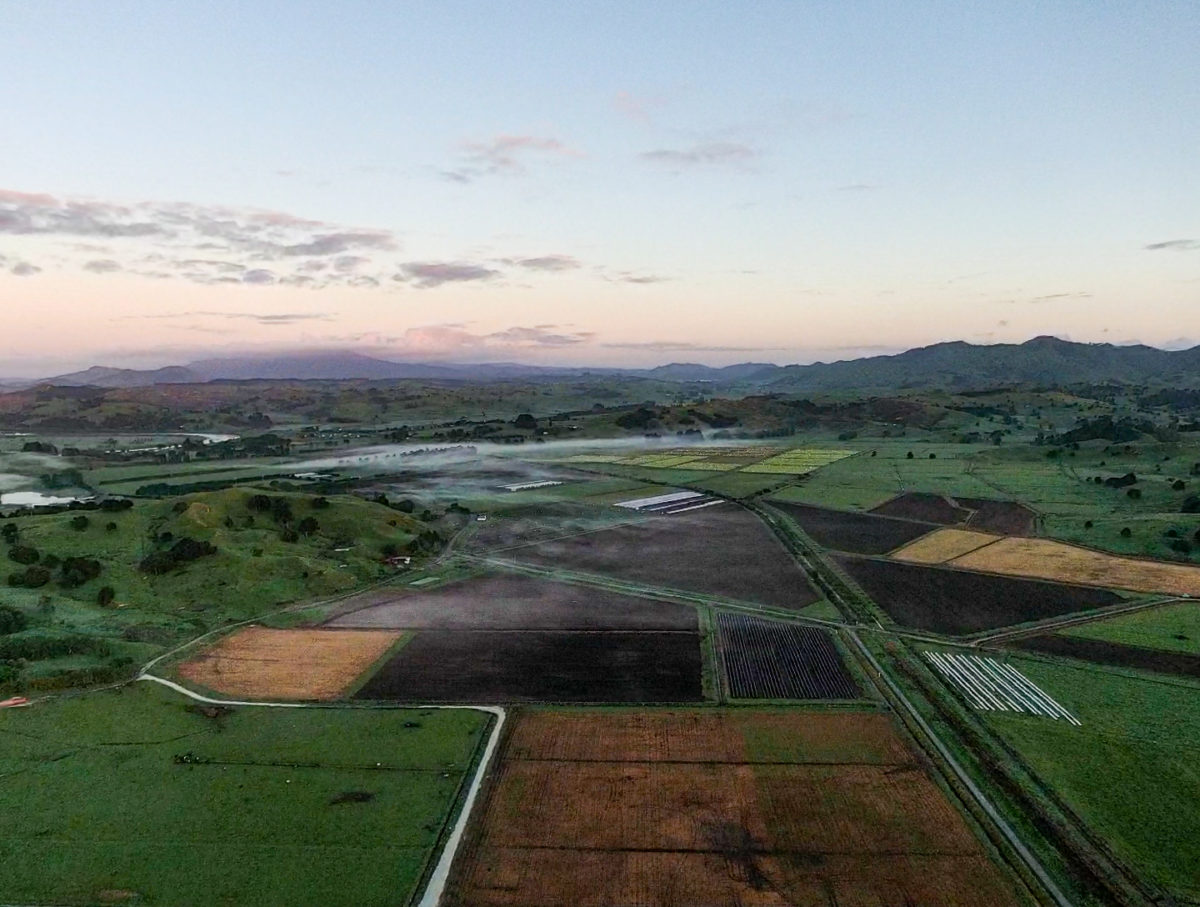Kumara only has 1 harvest annually, so storage becomes a crucial part of the journey onto the supermarket shelves. Bad storage can lead to the product losing weight, shrivelling and bringing low returns back to the grower with a low quality product for New Zealanders.
Kumara Storage has long been a practice, dating right back to when early Maori in New Zealand, when kumara was even then a key part of their diet! Pictured are 3 kumara storage pits that were in use in the 1930s. According to history, pits were dug into the side of earth banks with wooden doorways and reinforcing added. This also helped give protection against pests and thieves.
The process of ‘curing’ requires careful management and a knowledge of the crop as it comes in from the field. Each block has to be treated differently and careful storage to keep the sheds organised as we progress through the year.
As the bins come in from the field, our Storage Manager will unload into temperature controlled sheds to start the process of ‘curing’.
Curing is a process where the produce is held in specific climate conditions for a short direction, then moved to a very different storage condition.
Kumara’s sweet spot for curing is high humidity for the first few days.
At our harvest, our motto is ‘treat them like eggs’. Vastly differently to the average potato, kumara are a very delicate crop to harvest so they take careful handling.
As the kumara goes through the process of curing, this helps form a layer of ‘suberin’ – a waxy substance covering the tuber. This toughens the kumara skin making them easier to pack and ultimately a better quality product that lasts longer on the supermarket shelf.
Curing also converts some of the starch in this high-starch vegetable, to natural sugars, by triggering the sugar-producing enzymes in the kumara. This gives them a better taste overall.

Maori History Source: https://teara.govt.nz/en/photograph/40255/kumara-storage-pits-1930


